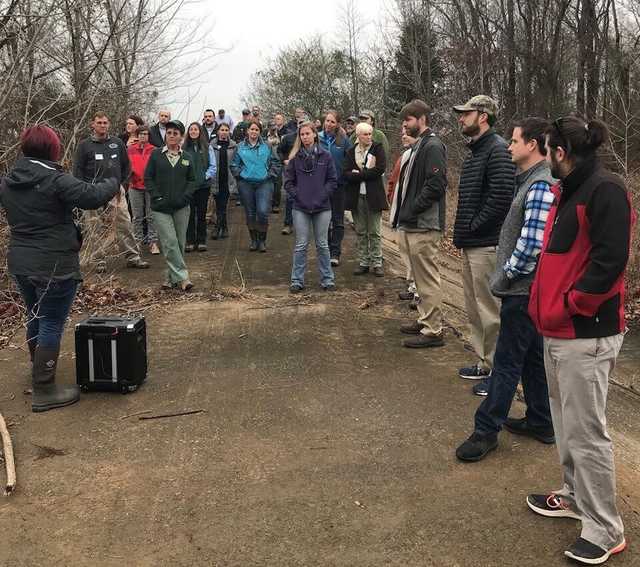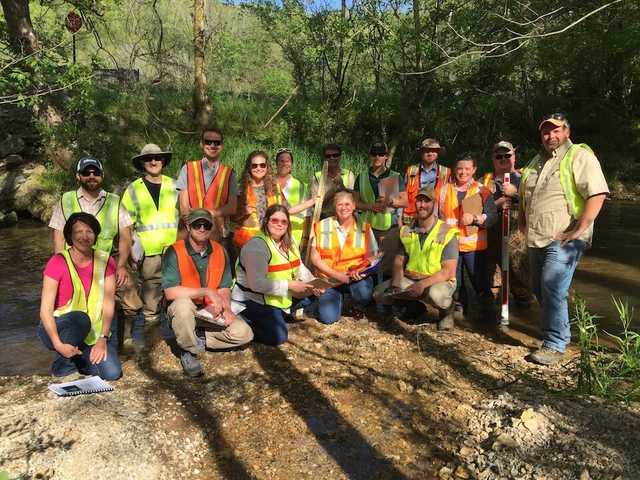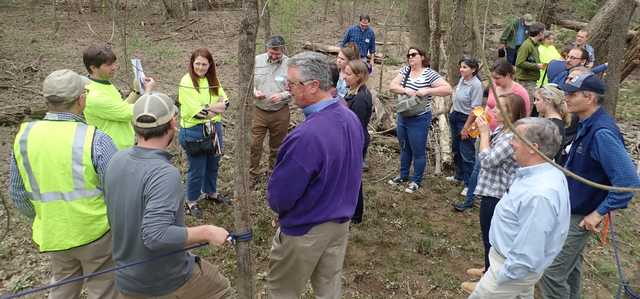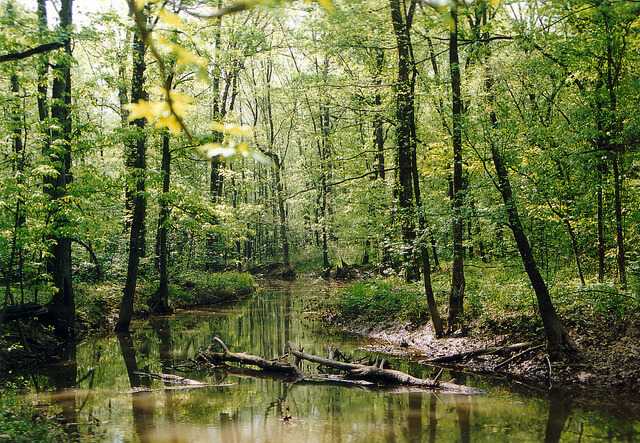
Southeast Region

Includes 15 states, Puerto Rico, and U.S. Virgin Islands with:
345,636 inventoried dams, including:
- 30,259 that have been reconned for social feasibility of removal
- 364 that have been removed or mitigated, gaining 25,110 miles of reconnected rivers and streams
1,996,746 or more potential road-related aquatic barriers, including:
- 41,249 that have been assessed for impacts to aquatic organisms
- 18,540 that are likely to impact aquatic organisms
- 343 that have been removed or mitigated, gaining 3,347 miles of reconnected rivers and streams
Progress toward restoring aquatic connectivity:
Southeast Aquatic Connectivity Program
The Southeast Aquatic Resources Partnership (SARP) was formed by the Southeastern Association of Fish and Wildlife Agencies (SEAFWA) to protect aquatic resources across political boundaries as many of our river systems cross multiple jurisdictional boundaries. SARP works with partners to protect, conserve, and restore aquatic resources including habitats throughout the Southeast for the continuing benefit, use, and enjoyment of the American people. SARP is also one of the first Fish Habitat Partnerships under the the National Fish Habitat Partnership umbrella that works to conserve and protect the nation's fisheries and aquatic systems through a network of 20 Fish Habitat Partnerships.
SARP and partners within the region have been working for several years to compile a comprehensive inventory of aquatic barriers across the region. This inventory is the foundation of SARP's Connectivity Program because it empowers Aquatic Connectivity Teams and other collaborators with the best available information on aquatic barriers.

Statistics by state:
| Inventoried dams | Reconned dams | Assessed road-related barriers | |||
|---|---|---|---|---|---|
| Alabama | 25,720 | 1,401 | 4,244 | ||
| Arkansas | 11,180 | 504 | 4,055 | ||
| Florida | 7,098 | 1,932 | 1,698 | ||
| Georgia | 55,852 | 7,739 | 1,877 | ||
| Kentucky | 10,190 | 123 | 949 | ||
| Louisiana | 6,648 | 184 | 1,861 | ||
| Mississippi | 24,541 | 3,695 | 1,018 | ||
| Missouri | 23,242 | 13 | 9,537 | ||
| North Carolina | 28,366 | 4,782 | 2,332 | ||
| Oklahoma | 32,261 | 19 | 791 | ||
| Puerto Rico | 416 | 9 | 757 | ||
| South Carolina | 18,139 | 7,851 | 3,052 | ||
| Tennessee | 8,730 | 1,124 | 2,427 | ||
| Texas | 70,720 | 56 | 591 | ||
| U.S. Virgin Islands | 81 | 81 | 20 | ||
| Virginia | 21,713 | 733 | 3,882 | ||
| West Virginia | 739 | 13 | 2,158 | ||
| Total | 345,636 | 30,259 | 41,249 |
28,548 inventoried dams and 7,545 assessed road-related barriers were not analyzed because they could not be correctly located on the aquatic network or were otherwise excluded from the analysis. You can optionally include these in your download.
Note: These statistics are based on inventoried dams and road-related barriers. Because the inventory is incomplete in many areas, areas with a high number of dams may simply represent areas that have a more complete inventory.
How to get involved?
SARP and partners have been working to build a community of practice surrounding barrier removal through the development of state-based Aquatic Connectivity Teams (ACTs). These teams create a forum that allows resource managers from all sectors to work together and share resources, disseminate information, and examine regulatory streamlining processes as well as project management tips and techniques.
Aquatic connectivity teams:
- Alabama: Alabama Rivers and Streams Network including Connectivity
- Arkansas: Arkansas Stream Heritage Partnership
- Florida: Florida Aquatic Connectivity Team
- Georgia: Georgia Aquatic Connectivity Team
- North Carolina: North Carolina Aquatic Connectivity Team
- South Carolina: South Carolina Aquatic Connectivity Team
- Tennessee: Tennessee Aquatic Connectivity Team
- Texas: Texas Aquatic Connectivity Team
- Virginia: Virginia Stream Barrier Removal Task Force




You can help!
You can help improve the inventory by sharing data, assisting with field reconnaissance to evaluate the impact of aquatic barriers, joining an Aquatic Connectivity Team, or even by reporting issues with the inventory data in this tool.
Contact us to learn more about how you can help improve aquatic connectivity in the Southeast region.
